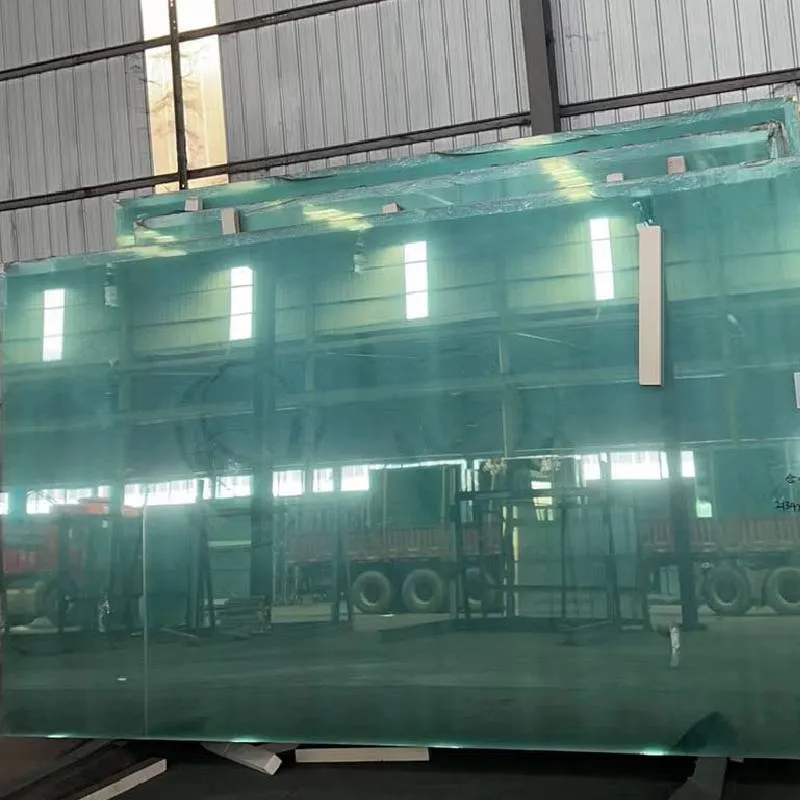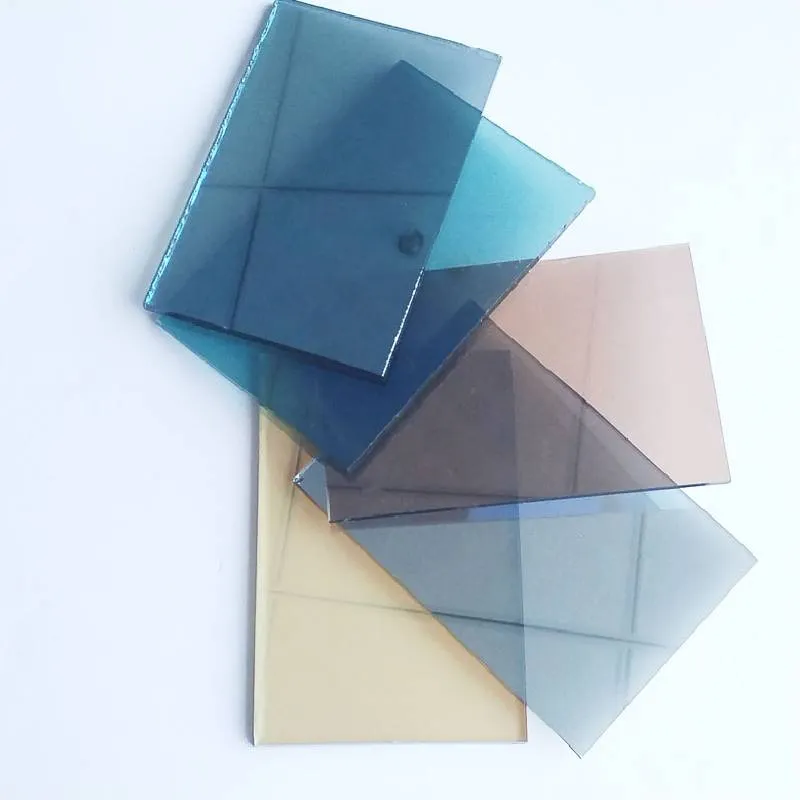Safety and resilience are two crucial aspects consumers prioritize when selecting materials for construction, renovation, or decoration. One material that stands out in both domains is tempered glass, an advancement over traditional glass that’s providing exceptional value across industries. Let’s explore the unique attributes of tempered glass, delving into its application, production process, and benefits.

Tempered glass, often referred to as safety glass, marries strength with aesthetic appeal. It's engineered through a controlled thermal manufacturing process that enhances its strength compared to untreated glass. This process involves heating the glass to over 600°C and then rapidly cooling it. The result is a pane that is four to five times stronger than regular glass. Its robust nature makes it an ideal choice for areas where safety is paramount, such as in vehicles, buildings, and appliances.
The robustness of tempered glass is particularly vital in the automobile industry, where it's commonly used for side and rear windows. In the event of an accident, tempered glass shatters into small, blunt pieces rather than sharp shards, significantly reducing the potential for injury. This safety feature is not only essential for vehicle occupants but is also a lifesaver for pedestrians, providing a critical buffer in the unfortunate case of an accident.

In the realm of architecture and construction, tempered glass is synonymous with modern elegance and durability. It graces skyscrapers, office buildings, and commercial spaces, providing not only aesthetic appeal but also robustness to withstand external pressures such as wind and thermal stress. Architects and builders favor it for its ability to support large spans and its resistance to heat, making it an excellent choice for exterior façades and high-traffic areas.
Domestically, tempered glass is a favorite for shower enclosures, glass doors, and table tops. The material's ability to handle abrupt temperature changes makes it ideal for kitchen and bathroom use, providing a safe, elegant surface that complements modern home aesthetics. Furthermore, its resilience to scratches and dents ensures that household items remain pristine over time, offering homeowners both peace of mind and value.
glass tempered glass
For manufacturers and retailers, the versatility and durability of tempered glass present tremendous opportunities for product differentiation and customization. Companies can capitalize on these qualities by offering bespoke solutions that meet the unique needs of their clientele. From etched decorative designs to custom cuts and colors, tempered glass can be tailored to suit various design and functional requirements.
While the benefits of tempered glass are extensive and varied, it’s crucial to acknowledge the importance of accurate installation and handling. Though tougher than conventional glass, if improperly installed, it could experience pressure points that compromise its integrity. As such,
professionals with expertise in handling tempered glass are invaluable. Their knowledge ensures that each pane is installed correctly, maintaining its safety features and extending its lifespan.
The market outlook for tempered glass is promising, largely fueled by advancements in technology and growing demand for safety and energy efficiency. Innovations in manufacturing processes and coatings are paving the way for even greater performance, enhancing energy efficiency and expanding its applications. Low-E (low-emissivity) coatings, for instance, are being integrated into tempered glass to improve insulation, reflecting heat and improving energy conservation in both homes and commercial spaces.
In conclusion, tempered glass stands out not only for its exceptional strength and safety features but also for its adaptability across diverse industries. Its unique combination of durability, versatility, and elegance makes it an indispensable material for contemporary design and functionality. Whether for automotive use, in architectural masterpieces, or as vital components in everyday home and office items, tempered glass sets a benchmark for quality and safety, reinforcing its status as an authoritative choice in material selection.
 Afrikaans
Afrikaans  Albanian
Albanian  Amharic
Amharic  Arabic
Arabic  Armenian
Armenian  Azerbaijani
Azerbaijani  Basque
Basque  Belarusian
Belarusian  Bengali
Bengali  Bosnian
Bosnian  Bulgarian
Bulgarian  Catalan
Catalan  Cebuano
Cebuano  Corsican
Corsican  Croatian
Croatian  Czech
Czech  Danish
Danish  Dutch
Dutch  English
English  Esperanto
Esperanto  Estonian
Estonian  Finnish
Finnish  French
French  Frisian
Frisian  Galician
Galician  Georgian
Georgian  German
German  Greek
Greek  Gujarati
Gujarati  Haitian Creole
Haitian Creole  hausa
hausa  hawaiian
hawaiian  Hebrew
Hebrew  Hindi
Hindi  Miao
Miao  Hungarian
Hungarian  Icelandic
Icelandic  igbo
igbo  Indonesian
Indonesian  irish
irish  Italian
Italian  Japanese
Japanese  Javanese
Javanese  Kannada
Kannada  kazakh
kazakh  Khmer
Khmer  Rwandese
Rwandese  Korean
Korean  Kurdish
Kurdish  Kyrgyz
Kyrgyz  Lao
Lao  Latin
Latin  Latvian
Latvian  Lithuanian
Lithuanian  Luxembourgish
Luxembourgish  Macedonian
Macedonian  Malgashi
Malgashi  Malay
Malay  Malayalam
Malayalam  Maltese
Maltese  Maori
Maori  Marathi
Marathi  Mongolian
Mongolian  Myanmar
Myanmar  Nepali
Nepali  Norwegian
Norwegian  Norwegian
Norwegian  Occitan
Occitan  Pashto
Pashto  Persian
Persian  Polish
Polish  Portuguese
Portuguese  Punjabi
Punjabi  Romanian
Romanian  Russian
Russian  Samoan
Samoan  Scottish Gaelic
Scottish Gaelic  Serbian
Serbian  Sesotho
Sesotho  Shona
Shona  Sindhi
Sindhi  Sinhala
Sinhala  Slovak
Slovak  Slovenian
Slovenian  Somali
Somali  Spanish
Spanish  Sundanese
Sundanese  Swahili
Swahili  Swedish
Swedish  Tagalog
Tagalog  Tajik
Tajik  Tamil
Tamil  Tatar
Tatar  Telugu
Telugu  Thai
Thai  Turkish
Turkish  Turkmen
Turkmen  Ukrainian
Ukrainian  Urdu
Urdu  Uighur
Uighur  Uzbek
Uzbek  Vietnamese
Vietnamese  Welsh
Welsh  Bantu
Bantu  Yiddish
Yiddish  Yoruba
Yoruba  Zulu
Zulu 


